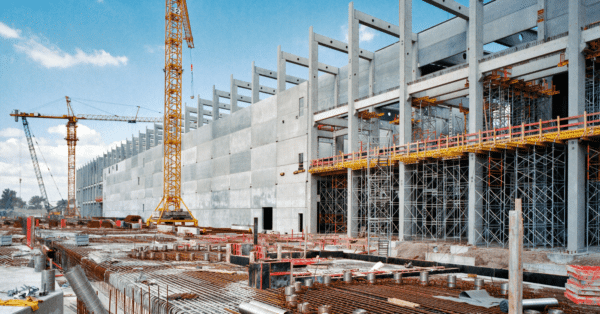I recently completed a market study on a property in Placer County, California, immediately northeast of Sacramento. The property, immediately west of Roseville, contains 5,000 acres and is destined to have 14,000 housing units.
Placer County has been a cheerleader for the development of the property and has worked diligently for its approval as a master-planned community.
Processing on the property started in 2007 and if everything goes right, the first home could break ground in 2017. One wonders why it takes 10 years to approve a project if the local government is in favor of it.
The answer lies in increasing bureaucracy at all levels of the development process.
This particular parcel has some wetlands and a couple of cherished birds. That means that the Army Corps of Engineers has to issue a 404 permit before the land can be filled.
The California Department of Fish and Wildlife and the U.S. Fish and Wildlife Service have to sign off together, but there appear to be turf wars among the agencies and it can easily take from seven to 10 years to obtain a 404. This project has yet to obtain the 404.
Typically, to obtain a 404 permit you have to buy mitigation land in the same county to offset the wetlands you are filling in. Often, the mitigation lands have multipliers attached. Thus, a snail darter may be on 10 acres of land, but the government may require you to buy 100 acres of land to mitigate the problem.
These mitigation lands are priced according to the type of wildlife or greenery that is being displaced. In San Diego County, gnatcatchers and vernal pools have been highly publicized for their mitigation requirements.
I have a list of 69 separate approvals that have to be in place before the owners can break ground. They break out as follows: seven for the specific plan; 32 for the initial development phase 1 and backbone infrastructure; eight for the town center parcel; and 30 related to the town center acreage. So far, six have been approved and nine are pending. The rest are somewhere in the future.
There are 22 separate city/county impact fees and 10 plan area fees, plus school fees. School fees are based on home size, so they are an unknown, but probably in the $2.50 to $3 per-square-foot range.
The total cost of these fees is estimated at $75,000 per lot. This year the owners will spend $2 million in processing.
These costs are accumulated before breaking ground. The costs of improving the land are separate from the fees.
What’s amazing is that this is supposed to be a community of moderate-priced housing, with most lots in the 3,500- to 5,000-square-foot range.
Based on an average home price of $375,000, the fees account for about 20 percent of the price of the house. The cost of finishing the lots, building the home and the soft costs relating to marketing, finance, architecture and engineering must be added before any profit is taken by the developer.
Of course, the costs of the home are completely dependent on the developer jumping through all the hoops and, of course, the timing of development is unpredictable.
Eventually, this project will be approved and it will probably begin producing housing sometime in 2018. By that time, builders should be pretty desperate for lots, as the lots supply that exists is bound to run out by then.
Further, we have a list of several new master-planned communities in the area that may not be able to produce housing before 2020. One of those started processing in 1998.
I guess the California homebuilding process is the reason why you can buy a perfectly nice 2,000-square-foot home in Phoenix for $200,000. Yes, it’s a little hot in the summer, but you can stand a lot of heat to save 50 percent on the cost of a home.
This article was originally published by Xpera Group which is now part of The Vertex Companies, LLC.







